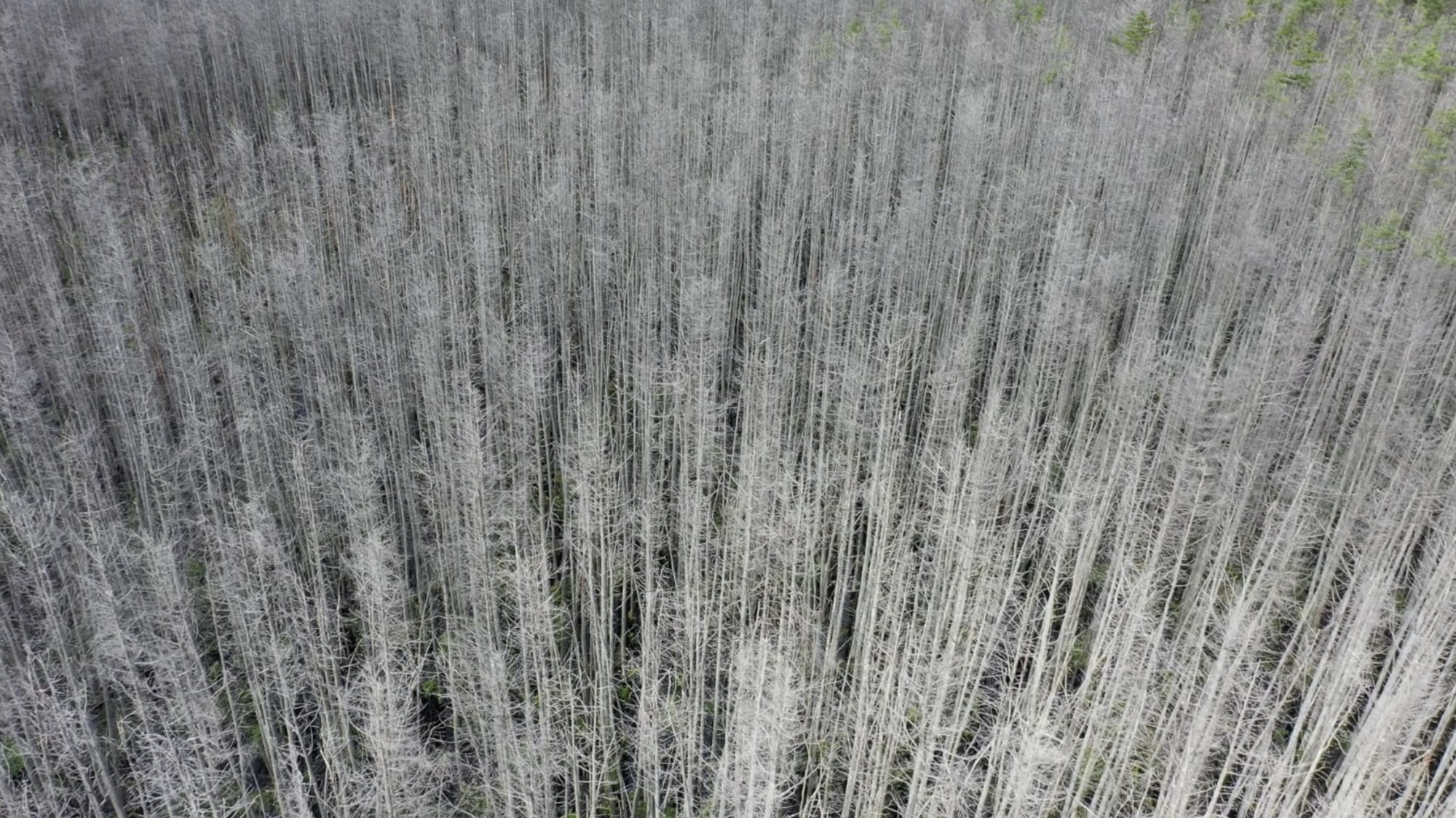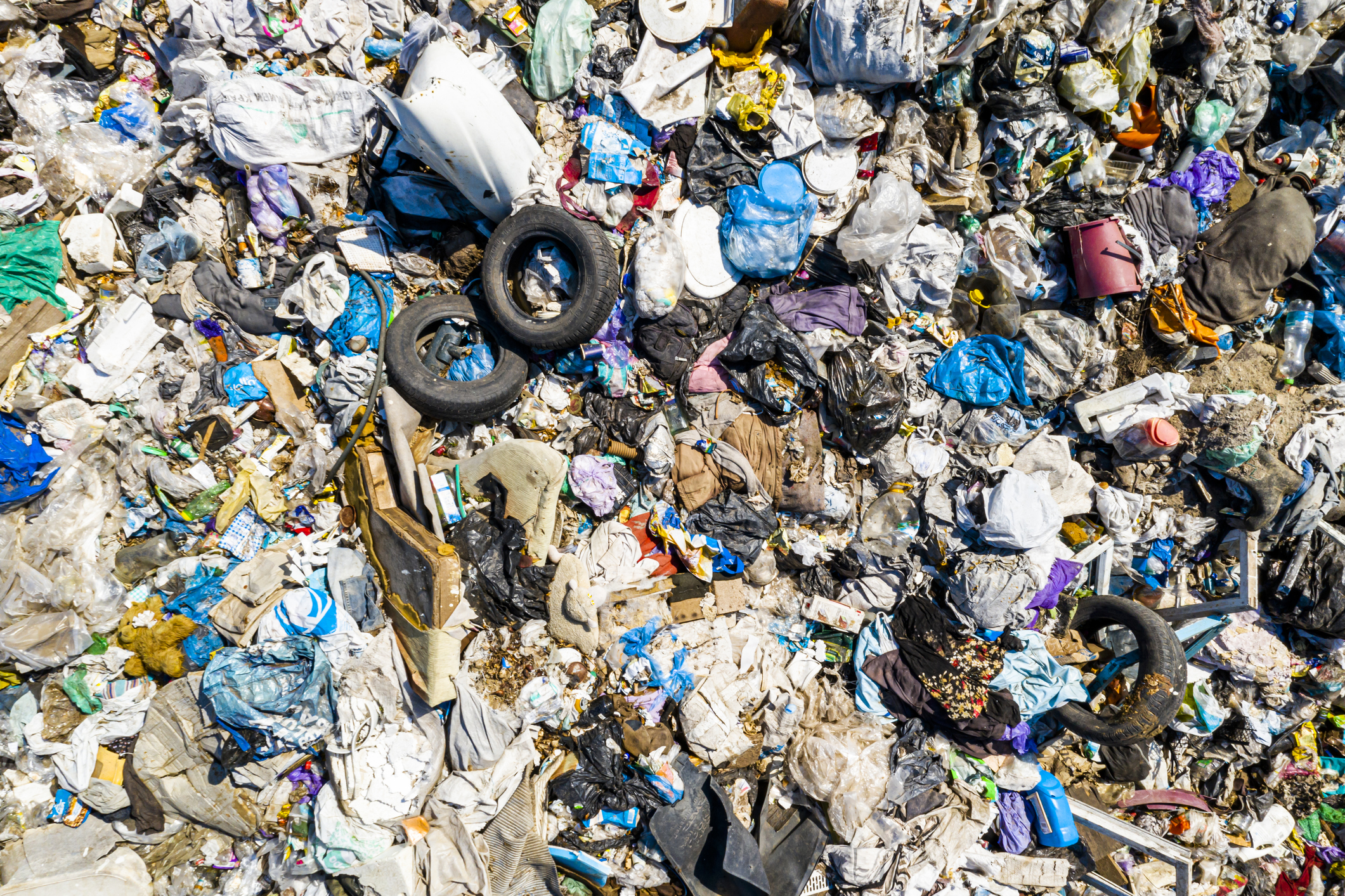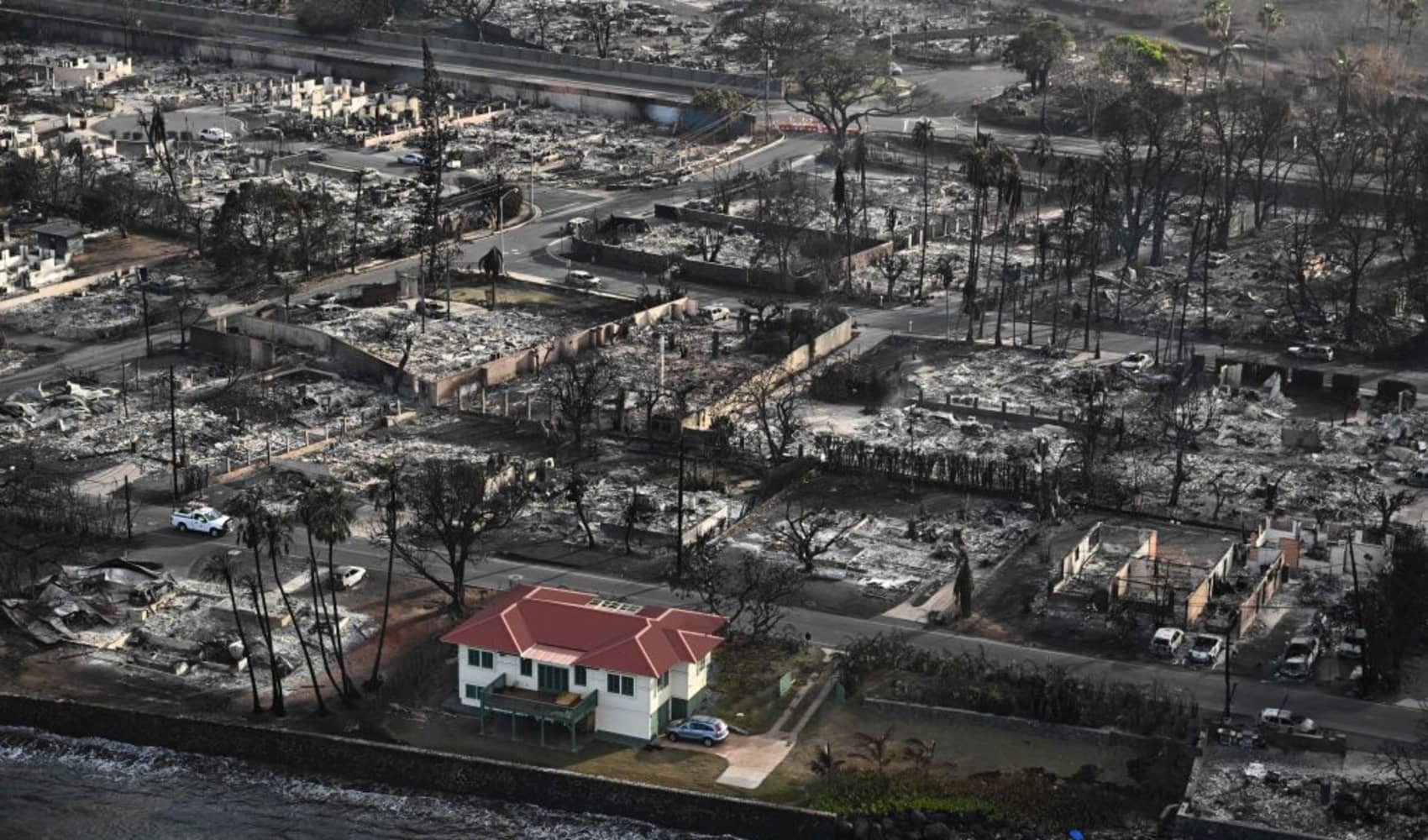Climate change is haunting the country’s forests, creating real-life ghosts and zombies.
The saltwater brought ashore when the sea level rises is killing acres of forests. What’s left? Ghost forests.
Down a dirt road, through a forest that’s still alive, Delaware Bay is haunted by one.
“As the salt comes in, it poisons things, poisons the soil and saturates it,” said Lenore Tedesco, the executive director of The Wetlands Institute in Stone Harbor, N.J. “And it kills these forests.”
Get a weekly recap of the latest San Francisco Bay Area housing news. Sign up for NBC Bay Area’s Housing Deconstructed newsletter.
As the sea level rise accelerates, saltwater reaches further inland, producing fields of wooden tombstones. Estimates vary, but potentially millions of acres of coastal forest have been lost to saltwater intrusion that has been accelerated by climate change.
US & world news
Ghost forests are doubly disastrous because living trees absorb carbon dioxide and produce oxygen. A healthy forest is what’s known as a “carbon sink,” which stores carbon and keeps it out of the atmosphere and oceans. When an entire forest dies from saltwater — or wildfires — all of that carbon returns, further heating the planet.
Wildfires of the past can also come back to haunt us. They’re known as zombie fires.
“They go underground in the fall and winter months, and they can carry over in terms of continuing to combust in the ground fuels, sometimes right underneath the snowpack, right through the winter,” said Merritt Turetsky, a professor at the University of Colorado. “And then they emerge like a zombie the following spring.”
Turetsky studies zombie fires across Canada and Alaska. She is researching whether climate change is helping more undead fires rise from an icy grave each spring.
“So what it means is through this zombie burning, fire years may not be totally independent on the landscape,” she said. “One fire year might actually affect the next fire season.”
“And that's a very interesting management question, particularly given the extreme amount of resources and just human stress and toil and capital that went into fighting the fires across Canada in 2023,” she said. “Truly an epic fire year.”




